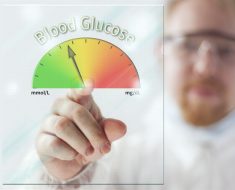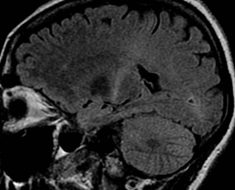(HealthDay)—Traumatic brain injury can trigger a daily struggle with headaches, neck pain, dizziness and thinking problems that may drive some to suicide, researchers report.
That risk more than triples in the first six months after a traumatic brain injury (TBI), and it stays significantly higher over the long term, a new Danish study suggests.
The finding is based on an exhaustive review of Danish health and death records. The data included all residents of Denmark who were at least 10 years old between 1980 and 2014—more than 7 million people in all, including almost 35,000 who died by suicide.
While the study shows that suicide among traumatic brain injury patients “is still a very rare event,” according to lead author Trine Madsen, it also underscores that the impact of both mild and severe TBI on overall quality of life does appear to increase the risk.
Madsen is a post-doctoral fellow with the Danish Research Institute for Suicide Prevention Psychiatric Center in Copenhagen.
Traumatic brain injury is a change in brain function resulting from a blow, jolt, bump or other head injury. Besides causing physical problems, it can also lead to difficulties with memory and concentration.
While suicide risk was greatest in the first six months after a traumatic brain injury, beyond that, it was found to be double or more—depending on severity of the injury, the researchers said.
Even seven years after their initial injury, TBI patients still faced a 75 percent higher risk of suicide than people who had never had a brain injury, the findings showed.
Madsen and her colleagues found that just over 10 percent of the 34,529 people who died by suicide during the study period had sought treatment for at least one of three types of brain injuries.
Those included mild TBI, meaning a concussion; a skull fracture, without a TBI diagnosis; and severe TBI, meaning head injuries with evidence of structural injury to the brain. (No information was collected on people who might have had a brain injury but did not seek medical attention.)
While all types of head injuries were tied to an increased risk of suicide, severe traumatic brain injury appeared to have the biggest impact, according to the report.
Over time, a skull fracture without traumatic brain injury was linked to a nearly doubled suicide risk, and a mild TBI was tied to twice the suicide risk, the study found. A severe TBI injury, however, was associated with a 2.5 times increased suicide risk.
The risk was also higher for patients who sought more frequent care for their injury and for those who spent more time in the hospital after their initial accident.
“We think that our findings are overall generalizable to other populations,” Madsen said.
So what can be done to reduce suicide risk among head injury patients?
“First and foremost, we would recommend a focus on preventing TBI, such as promoting the use of protective helmets in traffic, at workplaces where risk of falls or head injury are higher—like at construction sites—and in contact sports like boxing and American football,” Madsen said.
Dr. Ramon Diaz-Arrastia, who co-wrote an editorial accompanying the report, described the study as “the most definitive so far.”
Still, the study only showed an association between traumatic brain injury and suicide risk, and didn’t prove a cause-and-effect relationship.
But, Diaz-Arrastia said, “At this point, we must consider this association as solidly established.” He is director of the Traumatic Brain Injury Clinical Research Center at the University of Pennsylvania Perelman School of Medicine, in Philadelphia.
It’s important to provide the post-injury mental health monitoring and treatment that TBI patients need, because many have trouble accessing appropriate services, he said.
“Awareness of the risk and availability of mental health services is critical—and also an unmet medical need,” Diaz-Arrastia said.
Source: Read Full Article





